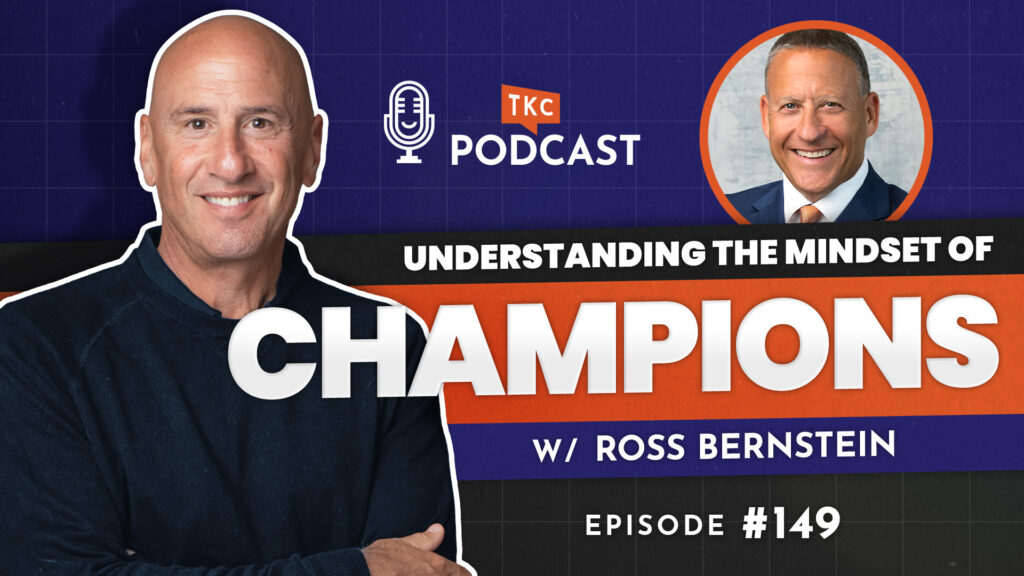- The Keynote Curators - Top Speaker Agency in North America
Mark M. Zandi is chief economist of Moody’s Analytics, where he directs economic research. Moody’s Analytics, a subsidiary of Moody’s Corp., is a leading provider of economic research, data and analytical tools. Dr. Zandi is a cofounder of Economy.com, which Moody’s purchased in 2005.
Dr. Zandi is on the board of directors of MGIC, the nation’s largest private mortgage insurance company, and is the lead director of Reinvestment Fund, one of the nation’s largest community development financial institutions, which makes investments in underserved communities.
He is a trusted adviser to policymakers and an influential source of economic analysis for businesses, journalists and the public. Dr. Zandi frequently testifies before Congress and conducts regular briefings on the economy for corporate boards, trade associations, and policymakers at all levels.
Dr. Zandi is the author of Paying the Price: Ending the Great Recession, which provides an assessment of the monetary and fiscal policy response to the Great Recession. His other book, Financial Shock: A 360º Look at the Subprime Mortgage Implosion, is described by the New York Times as the “clearest guide” to the financial crisis. Dr. Zandi is host of the Inside Economics podcast.
Dr. Zandi earned his BS from the Wharton School at the University of Pennsylvania and his PhD at the University of Pennsylvania.
How could a once-obscure lending category unleash the worst financial crisis since the Great Depression? How did the effects of the U.S. subprime mortgage crisis spread around the globe? Faulty reasoning and greed created an environment that led up to the crisis, and laxity allowed it to spread. To avoid a recurrence, homeowners, investors and policymakers would do well to examine not only specific missteps, but also the deeper forces behind the crisis, including homeowner psychology, antiregulatory sentiment, and the technology that facilitates complex global lending. Based on his highly regarded book that exposed the roots of the subprime crisis, Financial Shock: Global Panic and Government Bailouts—How We Got Here and What Must Be Done to Fix It, Dr. Zandi helps audiences understand more deeply:
How mortgage lenders, investment bankers, builders, regulators, and the Federal Reserve caused this global disaster.
How homeowners and investors can protect themselves from financial shocks already on the horizon.
What policymakers need to do now to prevent a recurrence.
After a decade of emerging markets and economies dominating the global market, the tipping point has arrived: growth will begin to balance going forward.
Fiscal austerity and brinkmanship are diminishing. This sets the stage for U.S. turnaround as growth begins to accelerate. Combined with high global interest rates, slowing emerging market economies as well as a new breed of reform-minded emerging markets economies, a new equilibrium is being created. But, with a new equilibrium, new questions arise:
How will aggressive ECB and banking integration affect Europe?
For all its resources, can China truly hit its growth potential in the coming decade?
Can we depend on the current stability of commodity prices?

One powerful question changed how keynote speaker John O'Leary chose to live his life. Discover the victim-or-victor framework that works for any challenge.
Read More
Learn how champions think differently and build winning habits that transform teams from talented to unstoppable with peak performance speaker Ross Bernstein.
Read More
Learn 7 powerful year-end lessons from top keynote speakers to transform your event planning strategy and personal growth in 2026.
Read More
Learn with Scott Bloom why smart event planners invest in professional emcees instead of expensive keynotes to create unforgettable multi-day event experiences.
Read More
Learn how to calm digital anxiety with proven analog strategies from former White House CIO Theresa Payton that can help you restore your human connections.
Read More
Navy fighter pilot Jack Becker reveals how elite teams catch errors fast, protect blind spots, and perform under pressure using proven teamwork strategies.
Read More